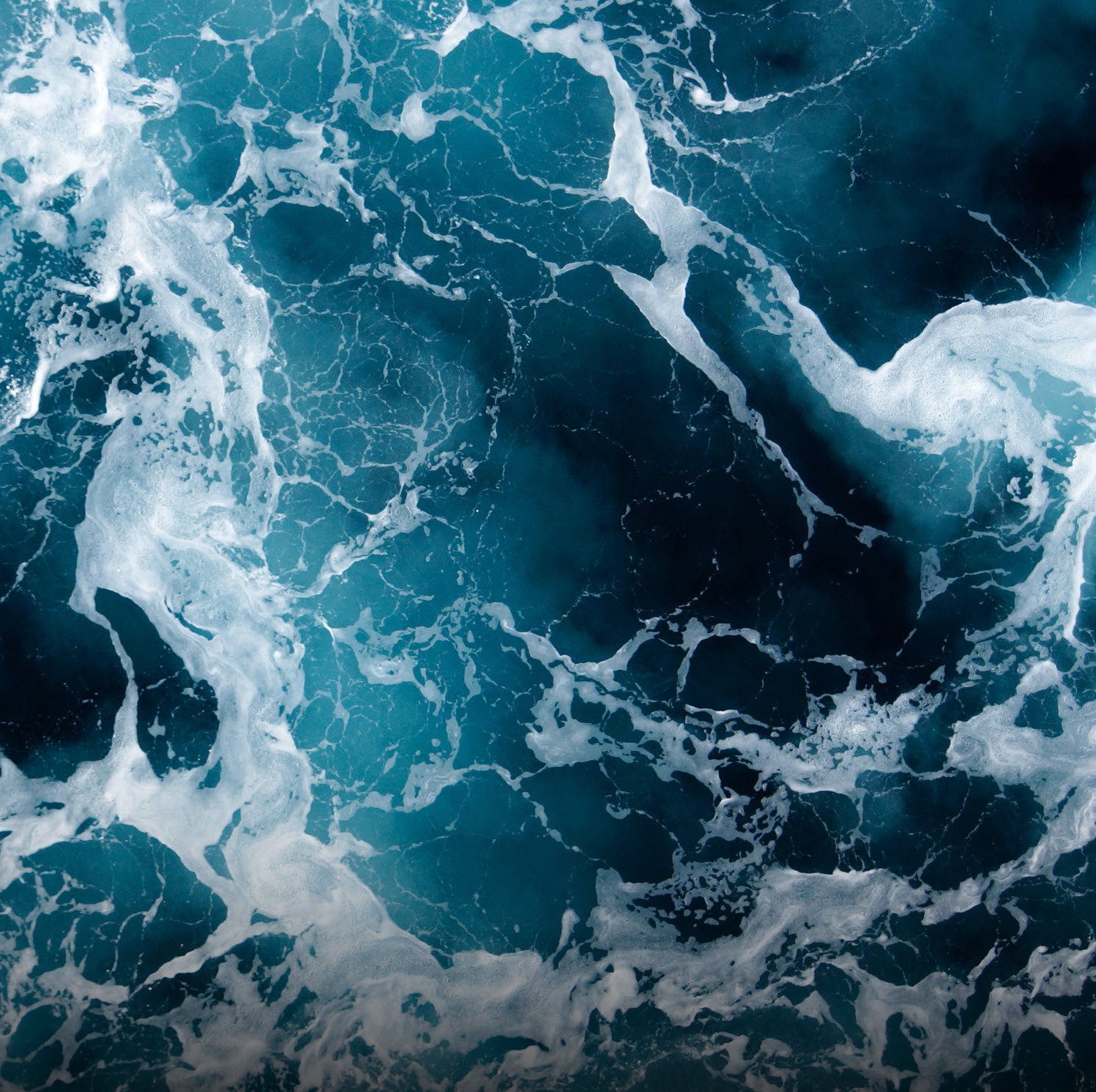
Member Since 2002
Jun Wang
Professor, University of Iowa
Member, Eos Science Advisers; Guest Associate Editor, Geophysical Research Letters; Guest Associate Editor, Earth and Space Science; Associate Editor, JGR Atmospheres Section
Jun Wang’s research focuses on the integration of satellite remote sensing and chemistry transport models to study air quality, wildfires, aerosol-cloud interaction, and land-air interaction. He has authored 210 articles (H-index 63), co-edited two books, served as a science team member for 10 satellite missions (including inaugural team member for TEMPO and MAIA) and the NASA’s senior review panel for Earth science (three times). He received 2022 AGU’s Atmospheric Science ASCENT award.
Professional Experience
University of Iowa
Professor
2016 - Present
Education
University of Alabama in Huntsville
Doctorate
2005
Honors & Awards
Publications

Effect of Dust Morphology on Aerosol Optics in the GEOS‐Chem Chemical Transport Model, on UV‐Vis Tra...
Many chemical transport models treat mineral dust as spherical. Solar backscatter retrievals of trace gases (e.g., OMI and TROPOMI) implicitly trea...
September 26, 2024

A Generalized Aerosol Algorithm for Multi‐Spectral Satellite...
December 15, 2023

Real‐Time Irrigation Scheduling Based on Weather Forecasts, ...
December 15, 2023
AGU Abstracts
Fire-exacerbated Surface Ozone in Contiguous US: A Deep Learning Study Integrating Models, Observations, and Emissions
AI-DRIVEN INNOVATIONS IN EARTH AND CLIMATE SCIENCES III POSTER
atmospheric sciences | 13 december 2024
Weizhi Deng, Jun Wang, Meng Zhou, Xi Chen, Huanxin...
More frequent and intensified fires in Western US and Canada under climate change have raised concerns in their induced air pollution. Of particular i...
View Abstract
Stratosphere Troposphere Response using Infrared Vertically-resolved light Explorer (STRIVE) Mission Concept – Taking the Pulse of the UTLS
UPPER TROPOSPHERE, STRATOSPHERE, AND MESOSPHERE: CHEMISTRY, DYNAMICS, TRANSPORT, AND RADIATION IV ORAL
atmospheric sciences | 13 december 2024
Luke Oman, Lyatt Jaegle, Jun Wang, Thomas F. Hanis...
The Stratosphere Troposphere Response using Infrared Vertically-resolved light Explorer (STRIVE) is a new satellite mission concept selected for a com...
View Abstract
Using Machine Learning to Retrieve Cloud Microphysical Parameters from VIIRS Observations
AI-DRIVEN INNOVATIONS IN EARTH AND CLIMATE SCIENCES III POSTER
atmospheric sciences | 13 december 2024
Ying-Chieh Chen, Jun Wang, Meng Zhou, Xi Chen
Clouds play an important role in regulating Earth's climate by influencing both shortwave and longwave radiation components. Accurate measurement of c...
View Abstract
Volunteer Experience
2024 - 2029
Member
Eos Science Advisers
2022 - 2028
Associate Editor
JGR Atmospheres Section
2024 - 2025
Guest Associate Editor
Earth and Space Science
Check out all of Jun Wang’s AGU Research!
View All Research Now






